Boning knives are specialty blades, not always found in a traditional kitchen, but they can certainly be very useful. Because they have different variations, you might be wondering if your new boning knife should be more flexible or curved. Each option has its own advantages, and you can use boning knives in everyday cooking for those who eat meat. We have carefully researched if your boning knife should be more stiff or flexible and straight or curved.
The boning knife's ideal flexibility and shape are determined by the kinds of meats you regularly cook. Each of these characteristics will make it easier to remove the bones. Curved and flexible knives will generally help with jobs that require accuracy and a delicate touch. Straight and rigid boning knives can easily carve through thicker meat like beef.
Investing in a boning knife can be worth your while, but it is important to understand the purpose of different variations, so the blade meets your personal preferences. Keep reading to learn the pros and cons of flexibility versus a straighter blade, and the differences between a boning knife and a filleting knife.
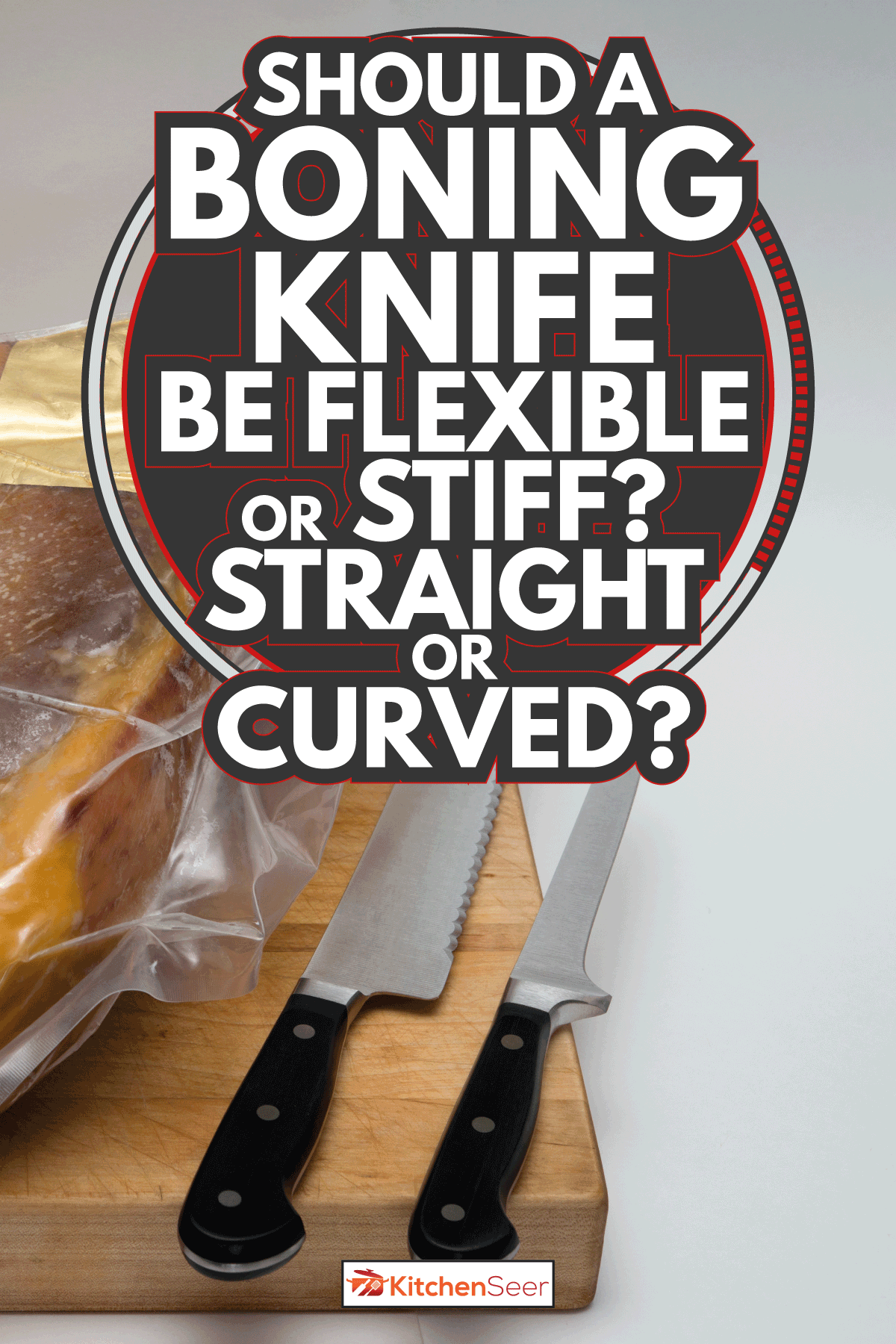
Are boning knives flexible?
It is possible to purchase either a flexible boning knife blade or a more rigid blade. However, all boning knives tend to have a thinner blade than other kitchen knives. This makes boning knives generally more flexible — as compared to a chef's knife, for example. A boning knife needs to be thin enough to separate bones from various poultry, beef, and fish meats.
You will have to consider using a boning knife that is more rigid if you plan on cooking with meat that is more dense and tough. These types of meat, such as T-bone steaks and beef, will have too much resistance against a flexible blade. A less flexible knife may be ideal if you plan to work with tougher meat like pork as well.
Click here to find this rigid and straight boning knife on Amazon.
For example, recipes such as beef stew would call for a lot of carving not to have any bones in large chunks of meat. It would take much longer to prepare with a flexible boning knife.
Stiff boning knives are able to carve out wide, large pieces of meat with fewer chances of slipping or breaking. This would also be useful for steak, which you'd typically prepare in broad cuts.
You should always use a knife properly. Selecting the correct knife for the job is the key to carving safely. Also, ensure the knife maintains a sharpened blade, ready to work to prevent slips and injury.
For example, some people try to use knives for other functions, such as the small and accurate paring knife. But you can read this post, "What Can You Cut With A Paring Knife? [How About Meat?]" to learn if it's safe to use on meat.
Why are boning knives flexible?
Some boning knives have the ability to bend, which allows you to work around areas inside the meat that are otherwise difficult to manage. Bones can sometimes feel unpredictable, with curves or rounded ends. These odd shapes sometimes cling to valuable pieces of the cut, which some consider having a lot of stored flavor.
Click here to see this curved and flexible boning knife on Amazon.
Flexible boning knives are also frequently used on chicken, which may be considered one of the most common and popular meats for everyday cooking. It may also be more useful with other types of poultry, such as turkey and duck. These sizeable birds do have similar bone structures.
Lastly, flexible boning knives are easier to use with fish. There are many fish varieties, typically delicate and small, fish are challenging to carve. If the boning knife is flexible enough to bend a little, then it can work its way through fish more easily.
What is the difference between a filleting knife and a boning knife?
A filleting knife is very similar to a flexible boning knife, but there are no stiff or straight filleting knives. This is because a filleting knife is uniquely designed to skin a fish, which is a delicate process that requires even more precision.
It may involve bending the blade against your cutting board, and smoothly slicing between the skin and meat of the fish in one long stroke. Skin is much thinner than the meat itself, but also tough, so it requires a sharp, specially designed knife.
As such, filleting knives are generally even thinner than boning knives, and they can also be much lighter. Also, a fillet knife will have a more noticeable curve. This will give you the freedom to work at the odd angles that many types of fish can have.
Click here to find this serrated filleting knife on Amazon.
You can read the post "Boning Knife vs. Fillet Knife: What's The Difference?" for clearer details on all the differences between these popular blades.
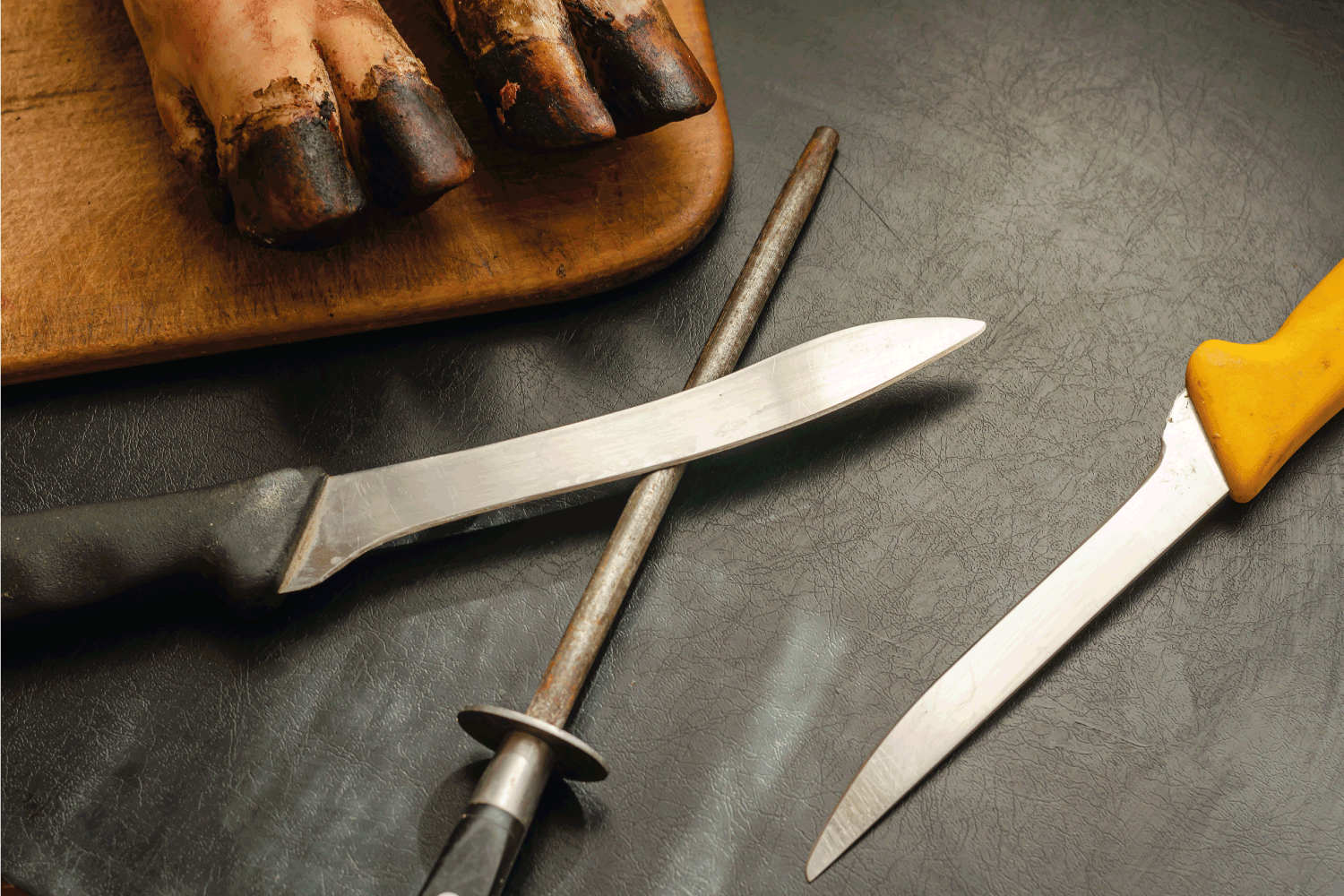
Why is the shape of a boning knife important?
The curve of your boning knife will determine how easily you can work with different types of meat. The shape of your blade will allow for larger and faster carving or more delicate accuracy.
It may also determine the shape of the tip of your blade, since a straight boning knife may not have a curved tip. This would make it easier to pierce through tougher meats when you begin cutting.
Additionally, the shape of the boning knife will usually determine the flexibility of the blade, too. Curved blades are more likely to be flexible, while straight blades should be more rigid.
Are curved or straight boning knives better?
The superiority of either shape is entirely based on personal preferences. For example, if you are a pescatarian and enjoy eating fish often, then you can save a lot of time by using a flexible boning knife that will allow cleaner slicing. This also applies to poultry, which can have bones that are difficult to work with.
However, if you plan on working with larger and thicker types of meat, a straight boning knife is more effective. It is generally easier to work more quickly with a straight knife since these blades are also more likely to be rigid. If you are in a hurry, and less interested in careful cuts, then a straight blade will separate bones readily.
Then again, thicker meats are usually not an everyday meal. Those who are health-conscious might prefer lean meats, likely to require frequent and swift chopping, such as dense pork.
Once you have decided which shape and flexibility are right for you, it will also be necessary to select an ideal brand. This can greatly affect the abilities and lifespan of your blade. You can read the post "Which Knives Are Better: Wusthof Or Zwilling?" for advice on the more expensive and high-end brands.
Click here to see this Wüsthof fillet knife and leather sheath on Amazon.
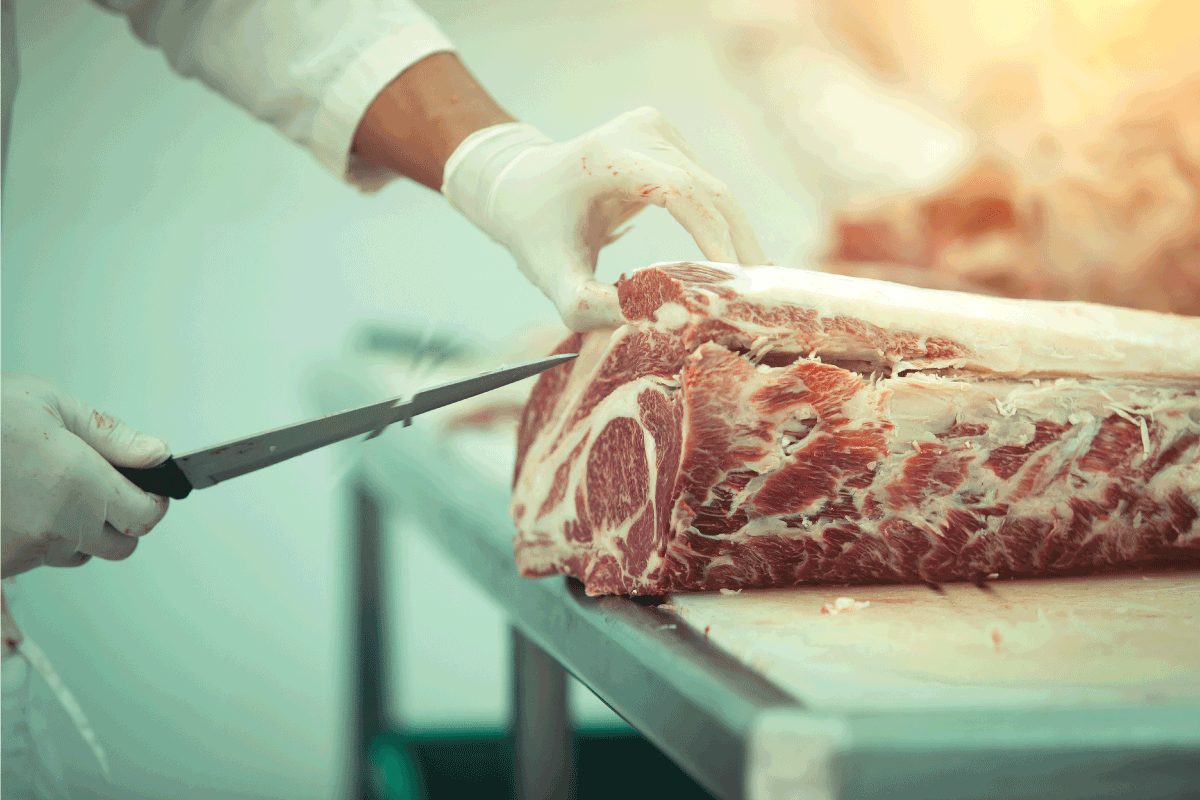
Summary
Boning knives are a unique and useful addition to any kitchen but are often overlooked because they are specialty blades. Understanding the difference between the various kinds of boning knives will allow you to purchase the blade that is right for you. It will also ensure that you are using the knife properly, which is always safer and more effective.





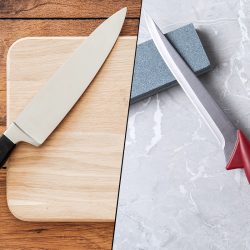
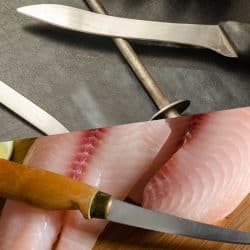

![Portrait of a dying Black Drum fish caught with a hook where the line, lead and some blood can be seen. - Can You Eat A Black Drum Fish? [Yes! Here's How To Prepare It!]](https://kitchenseer.com/wp-content/uploads/2022/10/Portrait-of-a-dying-Black-Drum-fish-caught-with-a-hook-where-the-line-lead-and-some-blood-can-be-seen.-Can-You-Eat-A-Black-Drum-Fish-Ye-250x250.jpg)
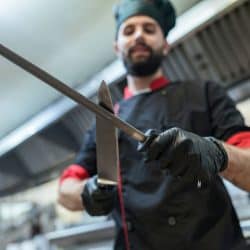
![Wusthof Classic Ikon Big Cooking Knife isolated above white background, Do Wusthof Knives Rust? [And How To Prevent This]](https://kitchenseer.com/wp-content/uploads/2022/12/Wusthof-Classic-Ikon-Big-Cooking-Knife-isolated-above-white-background-1-250x250.jpg)